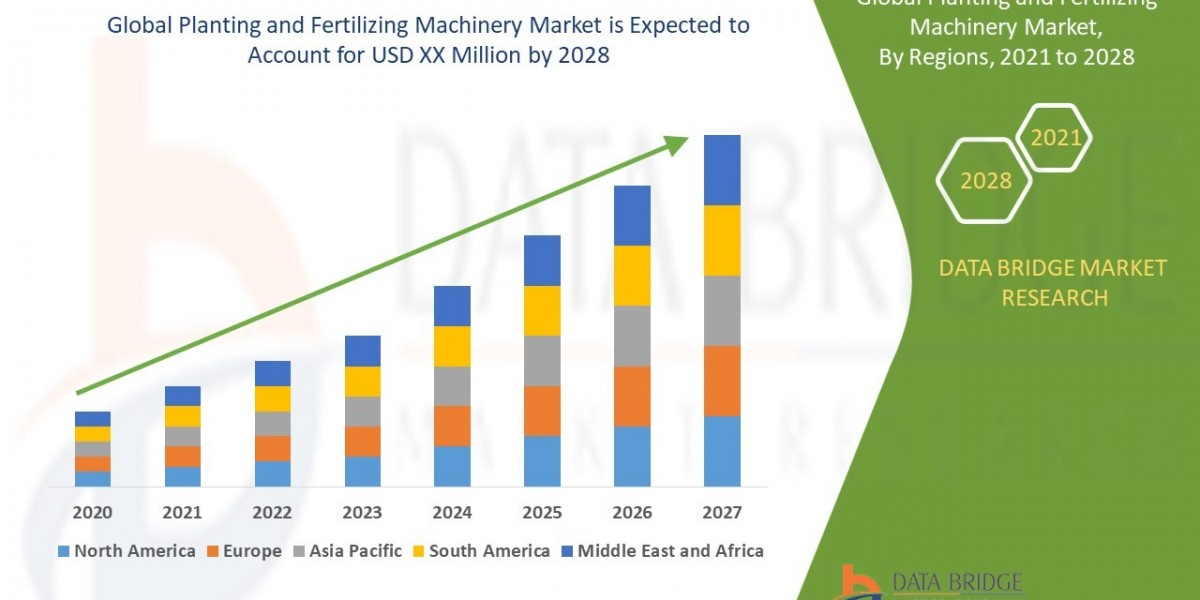In recent years, commercial drones have transitioned from experimental gadgets to essential tools in a growing number of U.S. industries. From precision agriculture and infrastructure inspection to aerial photography and emergency response, drones are reshaping how businesses collect data, deliver goods, and optimize operations.
The United States commercial drones market is among the most advanced in the world, fueled by technological innovation, favorable FAA regulations, and high investment in automation and robotics.
? Market Overview & Growth Outlook
The U.S. commercial drone market was valued at approximately USD 5.6 billion in 2023 and is projected to grow at a compound annual growth rate (CAGR) of 12–15% through 2030, potentially reaching USD 12–14 billion by the end of the decade.
Key growth drivers include:
Increasing adoption in agriculture, construction, and logistics
Advancement in autonomous navigation and AI-powered analytics
Relaxation of FAA regulations around BVLOS (Beyond Visual Line of Sight) operations
Rapid expansion of drone delivery programs by Amazon, UPS, and Walmart
? Key Industry Drivers
1. FAA Regulation Progress
The Federal Aviation Administration has made significant strides in drone integration:
Remote ID Rule now requires drones to broadcast identification signals.
More flexible waivers for BVLOS and night operations.
Progress toward UTM (Unmanned Traffic Management) systems that allow for scalable airspace coordination.
2. Enterprise Use Expands
Commercial drones are now indispensable tools in:
Energy & Utilities – inspection of power lines, wind turbines, and solar farms
Construction & Mining – site mapping, volumetric analysis, safety monitoring
Agriculture – crop health monitoring, spraying, and irrigation analytics
Public Safety – search & rescue, fire scene assessment, disaster response
3. Drone-as-a-Service (DaaS)
Rather than owning and operating fleets, many companies are turning to drone service providers for turnkey aerial solutions—lowering cost barriers and speeding up adoption.
? Key Trends to Watch
✅ 1. AI and Edge Computing
Next-gen drones are increasingly embedded with AI chips for onboard decision-making, enabling real-time object detection, route optimization, and threat recognition without depending on cloud connectivity.
✅ 2. Autonomous Drone Delivery
Companies like Amazon Prime Air, Zipline, Wing (Alphabet), and UPS Flight Forward are piloting drone delivery programs that promise rapid, contactless deliveries in both rural and suburban areas.
✅ 3. Urban Air Mobility (UAM)
While still emerging, the commercial drone sector is laying the groundwork for passenger drones and air taxis through technology developments and regulatory pilots.
✅ 4. Swarm Technology
Military and security applications are leveraging drone swarms for surveillance, coordinated patrolling, and even environmental monitoring, with potential spillover into civilian use.
? Major Players in the U.S. Commercial Drone Ecosystem
DJI (China) – Still a dominant hardware supplier, although facing regulatory restrictions.
Skydio (USA) – Known for its autonomous drones, used in inspections and public safety.
Parrot (France) – Offers enterprise and defense-grade UAVs, integrated with AI.
Zipline (USA) – Leading drone delivery company with a focus on healthcare logistics.
Autel Robotics (USA/China) – Offers robust camera drones and mapping platforms.
Teledyne FLIR – Thermal imaging systems integrated into drones for industrial and emergency response.
? Application Breakdown (U.S. Market Share)
| Sector | Approx. Share (2024) |
|---|---|
| Infrastructure & Construction | 28% |
| Agriculture & Forestry | 20% |
| Energy & Utilities | 17% |
| Public Safety & Defense | 15% |
| Media & Entertainment | 10% |
| Logistics & Delivery | 7% |
| Others | 3% |
? Challenges in the U.S. Commercial Drone Space
Despite its impressive growth, the industry faces a few critical challenges:
Privacy and cybersecurity concerns
Airspace congestion in urban areas
Skilled operator shortages
Uncertainty around foreign-made components (notably DJI bans)
To counter these, the U.S. government is investing in:
Trusted Drone Supply Chains (Blue sUAS program)
Made-in-America drone initiatives
Expanding public-private partnerships for safe airspace integration
? The Road Ahead
As drone technology continues to evolve—powered by AI, 5G, and more reliable autonomy—the United States is positioned to lead the global commercial drone revolution. With a maturing regulatory framework and growing enterprise demand, the sector will likely see:
Wider BVLOS approvals
Ubiquitous drone delivery for parcels and prescriptions
Smart city integration for traffic monitoring and emergency response
✈️ Conclusion
The United States commercial drone market is at a pivotal point—moving from experimentation to real-world scalability. Whether transforming logistics, enhancing agriculture, or keeping infrastructure secure, drones are becoming essential tools of modern business.
With strong regulatory support, rapid innovation, and diversified use cases, commercial drones are no longer the future—they are the present, flying higher and faster than ever.
Read More








